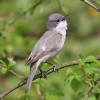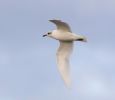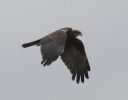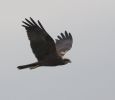| Most viewed |
|
|
|
|

Dean Eades - Little owl 75 viewshttp://www.birdmad.com/Dean Eades
|
|
|
|
|
|
|
|
|
|
|
|

Lesser Whitethroat75 viewsLesser Whitethroat - WhisbyRussell Hayes
|
|
|
|
|
|

Dean Eades - Southern Hawker74 viewsN Coates Dean Eades
|
|
|

Mediterranean Gull74 viewsgpc
|
|

Marsh Harrier74 viewsthis female Marsh Harrier was around the pits today and gave a couple of photo opportunities albeit in fairly poor light; so what age is it? the female type plumage with a dark iris, fairly uniform dark brown tail but with some moult in the remiges must make this a female; according to Forsmann in their first winter Marsh Harriers moult body, some wing coverts and sometimes central tail feathers but not remiges so this bird appears to be older than 2cy but there are worn and faded pale tips to the greater coverts which suggest these are juvenile feathers? there is a distinct moult contrast between the inner 4 new primaries which are paler brown than the darker outers but the outers also seem a bit shiny and unworn as if they may also be new feathers? one inner secondary is a new paler brown feather and the central tail feathers look a bit darker than the outers--so is it a 2cy or 3cy or older female?gpc
|
|

Marsh Harrier74 viewsgpc
|
|

Long-tailed Tits74 viewsgathering nest material from paper towel hung in treegpc
|
|
|
|
|
| 20755 files on 831 page(s) |
 |
615 |  |
|
